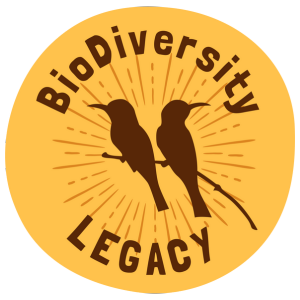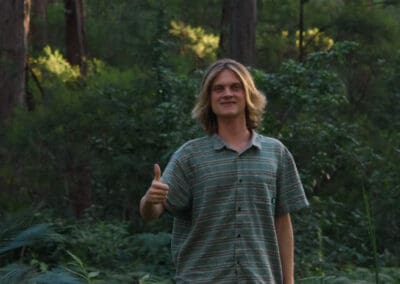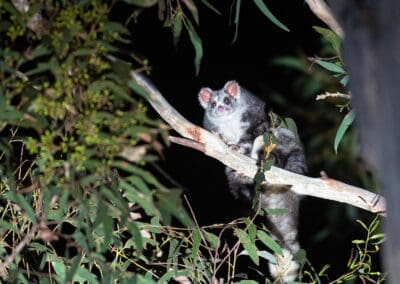Protecting vulnerable habitat on the SoutH Coast
Ned’s Forest – a multi-generational conservation project to protect habitat for local species.
Community rallies around a vital wildlife corridor
In 2024, long-time land covenantors, Julie and Mark Mills, were alerted to the fact that a 69-acre parcel of coastal woodland on the Far South Coast of New South Wales was under threat. To protect this vital biolink, they donated funds to BioDiversity Legacy, which established a Local Landholding Entity – Connecting Wildlife Ltd – to empower the local community to protect the forest and neighbouring properties for biodiversity and future generations.
The backstory
Julie and Mark’s connection to the region began with long summers camping, surfing and exploring the Eurobodalla coast. Over the years, the Sydney-based family grew increasingly concerned about the steady loss of native bush to development. In 2016, they purchased a 40-acre former dairy farm near Moruya, revegetating it and securing it with a conservation covenant.
Their commitment deepened after the Black Summer bushfires of 2019–20, which scorched more than 90% of the region’s state and national parks and brought fire to the boundary of their property. The devastation underscored the urgency of protecting remaining habitat.
Enter Ned – a next-generation environmental leader
In early 2023, young local naturalist Ned McNaughton was photographing native plants near the Mills’ property when he noticed a clearing prepared for subdivision. Concerned for the area’s future, Ned alerted a family friend at Local Land Services, sparking a chain of conversations that soon reached the Mills. Together with Ned and Professor David Lindenmayer, a world-leading biodiversity expert, the family inspected the site and were amazed by what they found.
Among the old-growth habitat stood 200-year-old hollow-bearing trees sheltering threatened and critically endangered species, including Southern Greater Gliders, Powerful Owls, Yellow-bellied Gliders, Glossy Black-Cockatoos and Brush-tailed Phascogales.
Recognising its potential as a wildlife corridor linking Eurobodalla and Deua National Parks, the Mills approached the property owners, who agreed to sell, knowing it would be protected.
From purchase to protection
The Mills partnered with Biodiversity Legacy to secure the land and establish Connecting Wildlife Ltd., a community-led Local Landholding Entity.
“We knew what we wanted to do and were delighted to find that Biodiversity Legacy had created a mechanism to make it possible,” says Julie. “This model means the community doesn’t need to own land individually—it provides a pathway for people to band together, raise funds, and protect the places they love. We’re calling on others in our generation to help safeguard biodiversity for the future.”
With support from Biodiversity Legacy, the local group has also worked with the Biodiversity Conservation Trust (BCT) in NSW to establish a conservation agreement over the land. This is a voluntary agreement between the BCT and the landholder to conserve and manage biodiversity on Ned’s Forest on an ongoing basis.
Ned’s Forest is also a member of the Humane Society International’s Wildlife Land Trust program – a network of privately-owned sanctuaries committed to preserving wildlife and habitats.
A living laboratory for conservation
Today, Connecting Wildlife members manage Ned’s Forest as both a wildlife sanctuary and a living laboratory—a place for research, species monitoring, and hands-on conservation training.
This community-driven initiative is not only preserving irreplaceable habitat but also inspiring groups both locally and beyond to come together to support future generations of plants, animals and communities.
Photos: Banner image – Congo Beach near Meringo with thanks to Paul Morris via Flickr.




